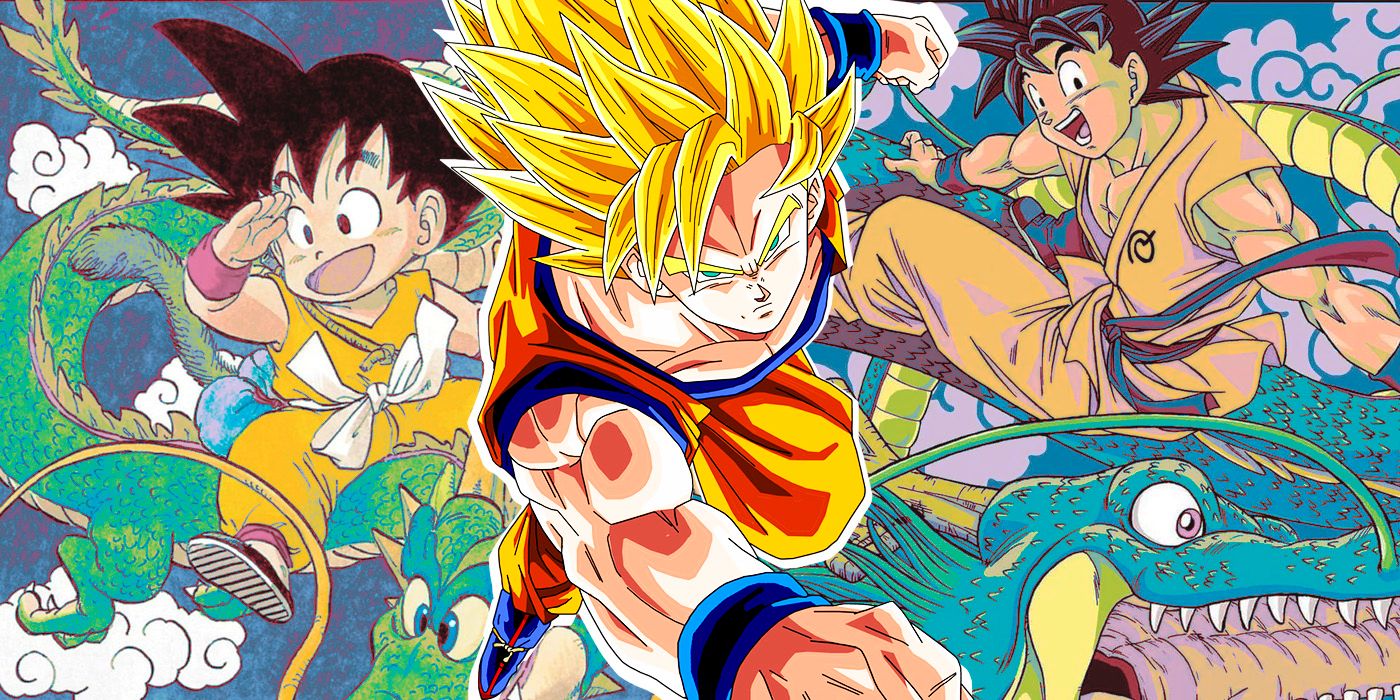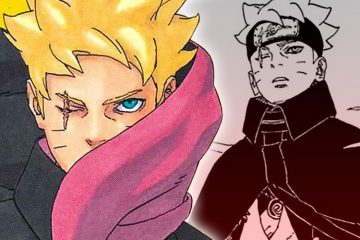A lot of important anime and manga permanently change their industries through their bold storytelling, but Dragon Ball has established an impressive legacy that’s still going strong after four decades. Dragon Ball is frequently cited as one of the biggest battle shonen series, and it’s gone on to influence other shonen hits like One Piece, Naruto, and My Hero Academia. Dragon Ball’s story begins in a fairly grounded place with its hero, Goku, but it slowly evolves into an epic battle between good and evil where entire universes are on the line.Dragon Ball’s story is still being told and its substantial quantity of content has understandably intimidated some from giving the series a shot. Those who commit to the entire Dragon Ball experience have hundreds of hours of content to consume, but that’s not to say that every Dragon Ball chapter needs to be experienced or will be a good fit for everyone. Newcomers may experience confusion between Dragon Ball, Dragon Ball Z, Dragon Ball GT, and beyond, but there are some simple explanations of how these series connect and the best way to check them out. The first chapter of Akira Toriyama’s Dragon Ball hit Weekly Shonen Jump on November 20, 1984, with the anime premiering shortly after on February 26, 1986. Dragon Ball is set in a fantastically heightened version of the real world where seven magical orbs, the Dragon Balls, will grant anyone’s wish if they can collect all seven and summon the Earth dragon Shenron. The original Dragon Ball lasted for 153 episodes and follows Goku’s adventures from a child into a young adult as he conquers personal and literal demons in his quest to become stronger. Goku meets some powerful allies and frequently uses the Dragon Balls, but it remains a largely grounded series that focuses on martial arts fundamentals instead of constant energy attacks, aerial battles, and transformations that make up its sequel series, Dragon Ball Z.
A lot of important anime and manga permanently change their industries through their bold storytelling, but Dragon Ball has established an impressive legacy that’s still going strong after four decades. Dragon Ball is frequently cited as one of the biggest battle shonen series, and it’s gone on to influence other shonen hits like One Piece, Naruto, and My Hero Academia. Dragon Ball‘s story begins in a fairly grounded place with its hero, Goku, but it slowly evolves into an epic battle between good and evil where entire universes are on the line.
Dragon Ball‘s story is still being told and its substantial quantity of content has understandably intimidated some from giving the series a shot. Those who commit to the entire Dragon Ball experience have hundreds of hours of content to consume, but that’s not to say that every Dragon Ball chapter needs to be experienced or will be a good fit for everyone. Newcomers may experience confusion between Dragon Ball, Dragon Ball Z, Dragon Ball GT, and beyond, but there are some simple explanations of how these series connect and the best way to check them out.
The first chapter of Akira Toriyama’s Dragon Ball hit Weekly Shonen Jump on November 20, 1984, with the anime premiering shortly after on February 26, 1986. Dragon Ball is set in a fantastically heightened version of the real world where seven magical orbs, the Dragon Balls, will grant anyone’s wish if they can collect all seven and summon the Earth dragon Shenron. The original Dragon Ball lasted for 153 episodes and follows Goku’s adventures from a child into a young adult as he conquers personal and literal demons in his quest to become stronger. Goku meets some powerful allies and frequently uses the Dragon Balls, but it remains a largely grounded series that focuses on martial arts fundamentals instead of constant energy attacks, aerial battles, and transformations that make up its sequel series, Dragon Ball Z.
#Dragon #Ball #Start #Watch
Note:- (Not all news on the site expresses the point of view of the site, but we transmit this news automatically and translate it through programmatic technology on the site and not from a human editor. The content is auto-generated from a syndicated feed.))



